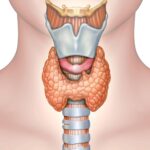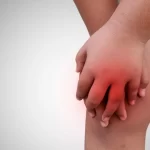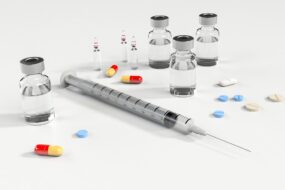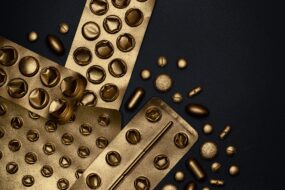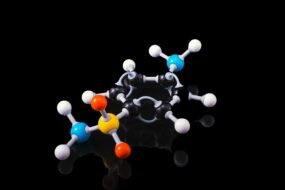- Home
- DRUGS
- Drugs acting on infectious Agents
- Chloroquine
Chloroquine is a rapidly acting erythrocytic schizontocide drug used against all plasmodia species.
It controls most clinical attacks within two days, with the disappearance of parasites from peripheral blood in three days.
However, it does not prevent relapses in vivax and ovale malaria.
Mechanism of action.
- Inhibits heme polymerase activity resulting in the accumulation of free heme, which is toxic to the parasites.
Indication.
- Malarial treatment.
- Prophylaxis where chloroquine resistance is not encountered.
- Rheumatic arthritis
- Discoid erythematosus.
Adverse effects.
- Nausea, vomiting, anorexia, pruritis, skin eruptions, epigastric pain, difficulty in accommodation, and headache.
- Loss of vision due to retinal damage.
- Corneal deposits may occur and also affect vision.
- Loss of hearing, myopathy, rashes, photoallergy, graying of hair, and mental disturbances occur during long-term use.
- Intravenous injection causes; hypotension, cardiac depression, arrhythmias, CNS toxicity, and seizures (especially in children).
Precaution
- Liver damage, neurological, retinal, severe gut, and hematological diseases.
- Attacks of seizures, porphyria, and psoriasis may also be precipitated.
Drug interactions.
- Antacids and kaolin reduce the absorption of the drug.
- Cimetidine impairs chloroquine serum clearance.
- The bioavailability of ampicillin is reduced when the two drugs are administered together.
Dosage.
- Chloroquine phosphate: (250 mg = 150 mg base) bitter, tablet and should not be chewed.
- RESOCHIN, CLOQUIN, LARIAGO,NIVAQUIN-P 250 mg tablet, 500 mg forte tablet, 100 mg (base) per 10 ml oral suspension, 40 mg (base)/ml injection in 2 and 5 ml amp, 30 ml vial.
- It should not be injected intramuscularly due to its local tissue toxicity.


